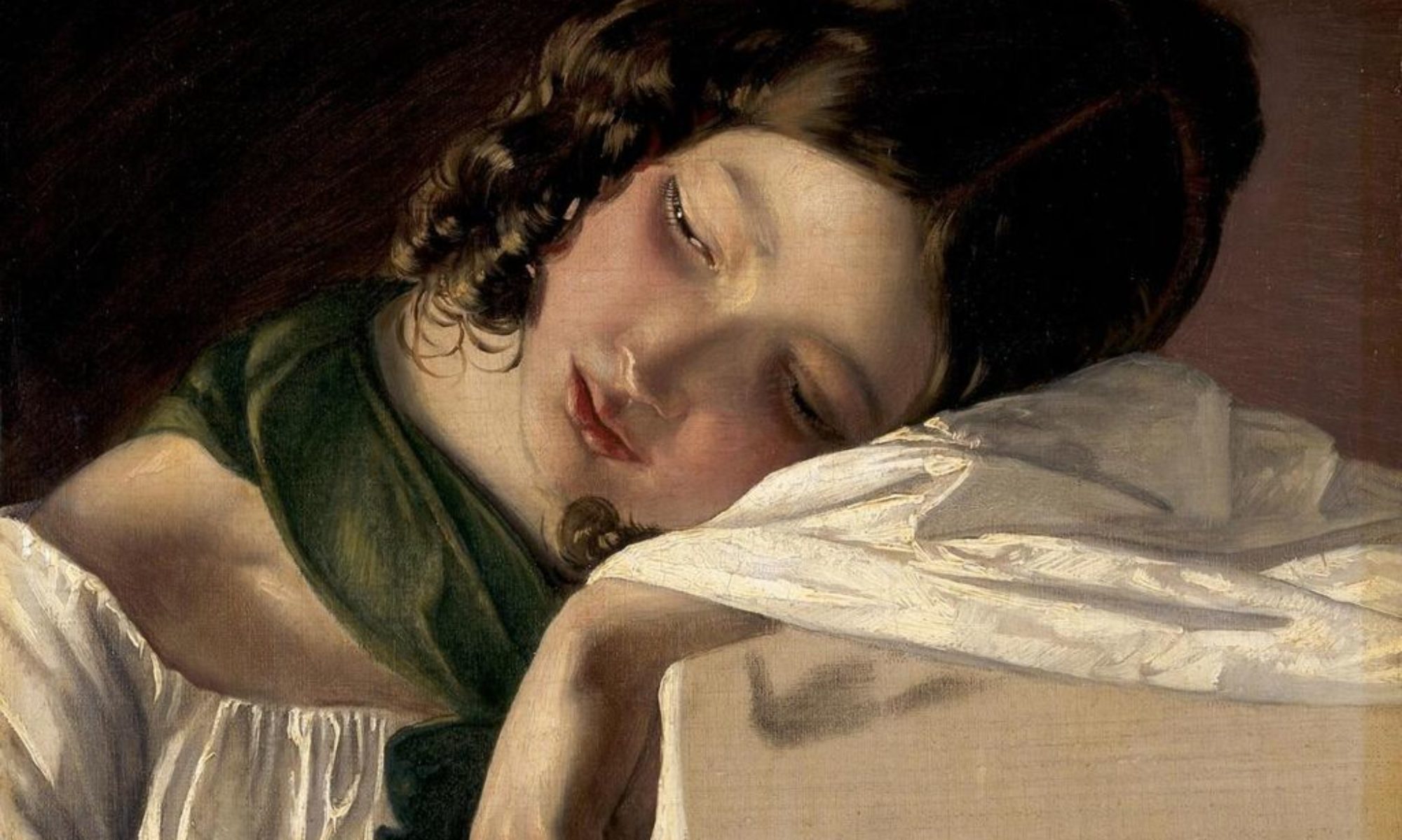Several years ago, I was browsing through a research book – the title now escapes me – when I followed a tiny bibliographic note to a memoir titled Mistress of Charlecote – The Memoirs of Mary Elizabeth Lucy. Intrigued, I ordered a copy; and it has since become the favorite of all my research books. I admit, I haven’t read it from start to finish but willy-nilly, a few pages here and there. Yet wherever I begin reading, Mrs. Lucy’s voice immediately grabs me. It is intimate and unadorned, appealing to the modern reader. If you are a fan of Jane Austen or the late Regency and Victorian Eras, I highly recommend that you purchase this book.
One of the passages in her memoirs that really struck me was the description of her marriage to George Lucy in 1823. When her father informed her that she was to marry Mr. Lucy, she knelt and pleaded with him to refuse. But her father wouldn’t relent. She writes, “I had been brought up to obey my parents in everything and, though I dearly loved Papa, I had always rather feared him.” Mary Elizabeth runs to her mother in the nursery and weeps. Her mother assures the distraught young woman that she will learn to love her husband — an assumption that later proves correct. On her twentieth birthday, Mr. Lucy visited Elizabeth Lucy at her home, Boddlewyddan, in Wales (I’ve been there!), bringing her a Brussels lace wedding veil and jewelry made of diamonds and rubies. They were married on December 2nd by special license at St. Asaph. With tears in her eyes, Mary Elizabeth’s old nurse dressed her in a white silk bridal robe. Her new lady’s maid arranged her hair in a “wreath of orange blossoms.” Four bridesmaids wore “simple white cashmere, their bonnets lines with pink, my favorite color.” Lucy writes, “The solemnisation of the matrimony over, as I rose from my knees I fainted away.” Her nurse sprinkled water on the bride’s face to help her recover. Once the marriage was attested, the new Mrs. Lucy was dressed in a swan’s down tippet and muff that was “large enough for a harlequin to jump through (the fashion of the time)”. The bridesmaids threw old satin shoes for “good luck” and she rode away in her husband’s new carriage that was drawn by four horses with postilions, all decorated in “white favours.”
The book has lovely, realistic stories of society balls, dinner parties, Queen Victoria, and the Great Exhibition. Mrs. Lucy, widowed at forty-two, lived into her eighties. She had many children, several of whom died in infancy or youth and there are accounts of their illnesses and her anguish in the book. In all, the volume is a gracious description of a gentlewoman’s life in Victorian England.
Find out more about Charlecote and Mary Elizabeth Lucy at Charlecote Uncovered.


